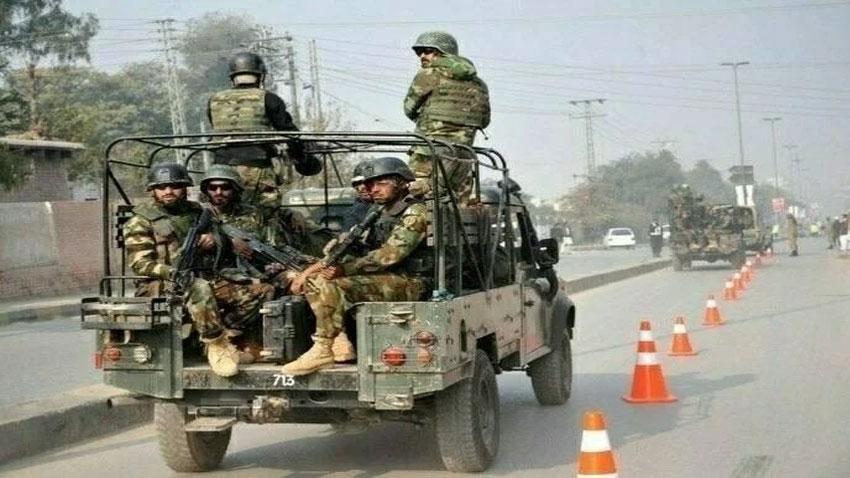PM felicitates Dr. Sania over listing of Ehsaas program in World Bank’s list
Islamabad: Prime Minister Imran Khan Sunday has congratulated Special Assistant on Poverty Alleviation Dr. Sania Nishtar and her team over the World Bank's listing of ‘Ehsaas Emergency Cash Program’ among top four social protection interventions globally in terms of number of people covered.

On his official twitter handle, Imran Khan wrote, “Congratulations to Sania and the Ehsaas team for achieving this milestone and well-deserved int recognition”.
Congratulations to Sania and the Ehsaas team for achieving this milestone and well-deserved int recognition. https://t.co/nl9c4T6UPr
— Imran Khan (@ImranKhanPTI) May 16, 2021
The World Bank released a report on ‘Global social protection responses to Covid-19’ on Saturday which is called ‘living paper’ and it is a partnership effort involving 18 coauthors and a large number of contributors.
The paper presents a 650-page volume and accompanying database documenting how countries and territories are planning, implementing or completing social protection measures in the context of the pandemic.
“An exponential growth in social protection measures between March 20, 2020 and May 14, 2021 and that a total of 3,333 social protection measures have been planned or implemented in 222 countries or territories,” the report states.
Ehsaas Emergency Cash delivered cash stipends of Rs. 12,000 to 15 million households in 2020.
The cash helped 100 million people or half the country’s population, representing the largest and most extensive social protection intervention ever in the history of the country.
Pakistan ranks 4th globally in terms of the number of people covered and 3rd globally in terms of percentage of population covered amongst those that covered over 100 million people.
According to the report, Pakistan’s Ehsaas also ranked high amongst the programs that did well in terms of Planned versus actual coverage rates.
Among social assistance measures, cash transfers remain the premier instrument.
Nearly 734 cash-based measures have been planned or implemented in 186 countries. However, highest level of spending in lower middle-income countries category is observed in Mongolia Zimbabwe, Bolivia, and Pakistan.
Moreover, the system was end-to-end data-driven, fully automated, rule-based, transparent, and politically neutral and payments were biometrically verified.

The Epstein files release did nothing to clear up the scandal’s biggest question
- 19 hours ago

What could’ve been Google’s worst year turned into one of its best
- 21 hours ago
Death anniversary of Malika-e-Tarannum Noor Jehan observed today
- 2 hours ago
PM announces Rs10m each cash reward for victorious U-19 cricket team players
- 2 hours ago
Bangladesh summons Indian envoy as protest erupts in New Delhi
- 3 hours ago

Billionaire Jared Isaacman confirmed as new head of NASA
- 21 hours ago

In 2025, wearables made a hard pivot to AI
- 21 hours ago
Field Marshal Asim Munir opens new diplomatic avenues for Pakistan: FT
- 3 hours ago

The best games to play on Xbox Game Pass in 2025
- 21 hours ago
Arif Habib Consortium wins auction of PIA
- 4 hours ago

Field Marshal meets Pakistan Under-19 cricket team after Asia Cup wing
- 12 hours ago
Formula 1 car launches: 2026 dates, schedule ahead of preseason testing, new regulations
- 20 hours ago


